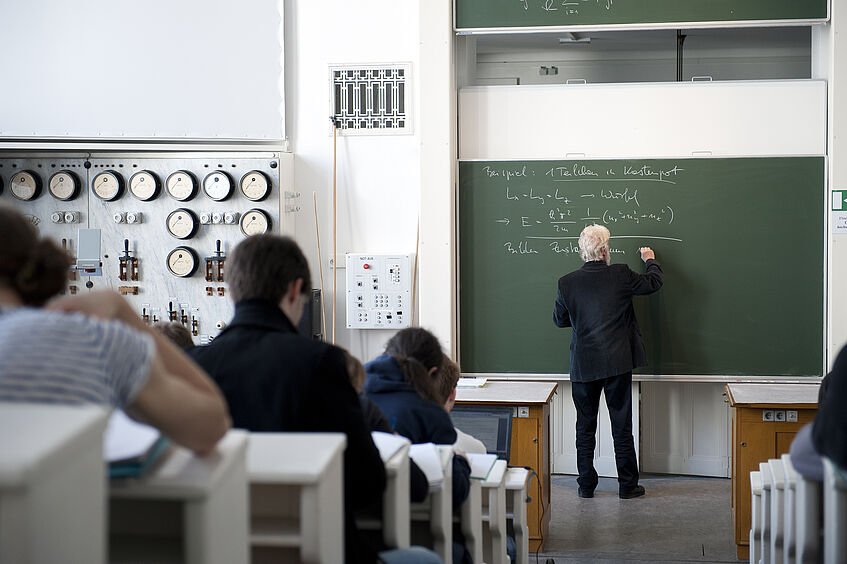Why are we doing it?
As explained in our “What are we doing?” section, quantum transitions are fundamental to many physical phenomena and are the basis for various technologies. The discovery of these transitions is a key element for many fascinating fields in physics, which we often call “modern physics” nowadays.
The concept of quantum transitions is central to the understanding of quantum mechanics. The quantization of energy levels and the probabilistic nature of transitions are core principles that distinguish quantum mechanics from classical physics.
Many modern technologies rely on quantum transitions, including lasers, which are based on stimulated emission, a process where an excited electron transitions to a lower energy state, emitting coherent light.
Quantum transitions are also crucial in the operation of very precise atomic clocks, which provide highly precise time measurements based on the frequency of radiation associated with specific transitions in atoms like caesium or rubidium.
The Thorium nucleus, which we will analyze at COMB.AT, is a fascinating candidate for a new type of frequency reference, commonly referred to as a “nuclear clock”. These time-keeping devices are expected to be even more accurate than the best atomic clocks. High-precision clocks can help in various areas of physics and technology. For example, they could aid in detecting tiny deviations from established physical theories, potentially leading to new discoveries in fundamental physics. This includes searching for variations in fundamental constants over time.

The observation of quantum transitions in distant stars and galaxies also helps astrophysicists determine the chemical composition, temperature, density, and motion of celestial objects. For example, carbon monosulfide, which we will study, is the most abundant sulfur-containing species in interstellar clouds and plays an important role in astrophysical chemistry.
In summary, you can see that quantum transitions are a cornerstone of quantum mechanics, essential for understanding the behavior of matter and energy at microscopic scales. Their implications span numerous fields, from fundamental physics to advanced technological applications, making them a vital area of study in both theoretical and applied physics.
The goal of our project is to develop experimental and theoretical methodology that allows to measure fundamental constants (like the fine-structure and strong-force interaction constants, or proton-to-electron mass ratio) at a conceptually more sensitive level. This improvement of precision in metrology can help us all in the future to create the most precise clocks and to detect the most elusive phenomena.
